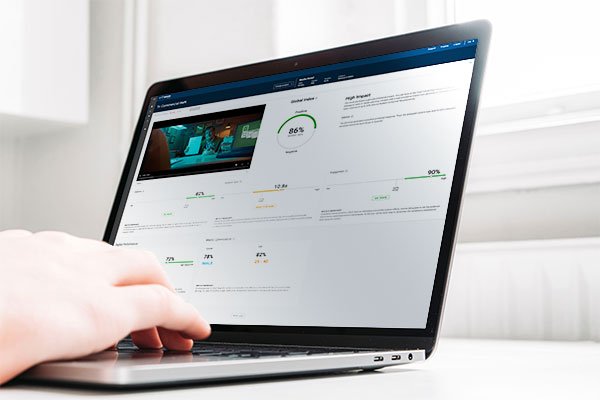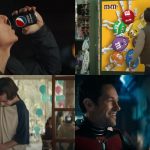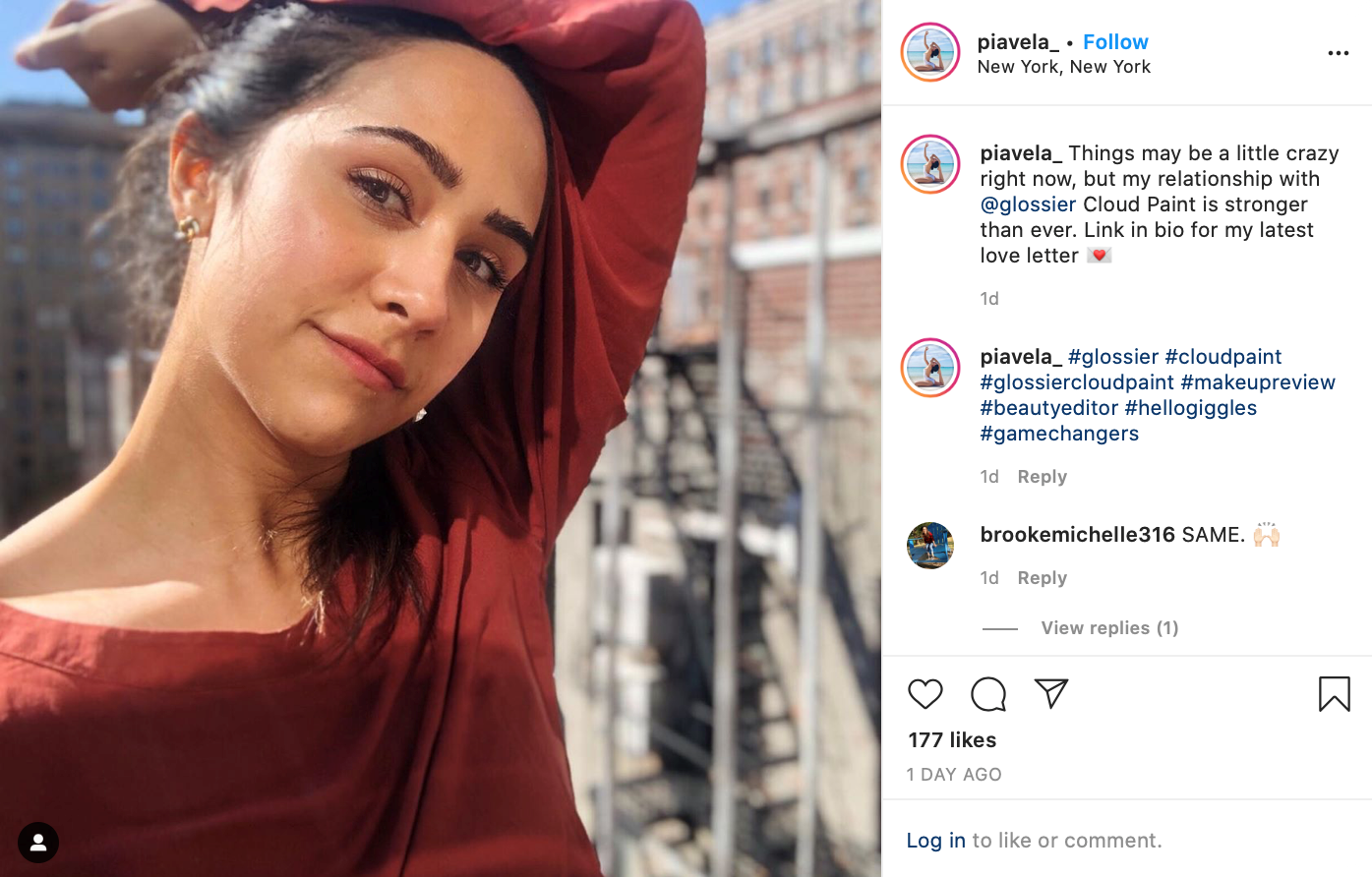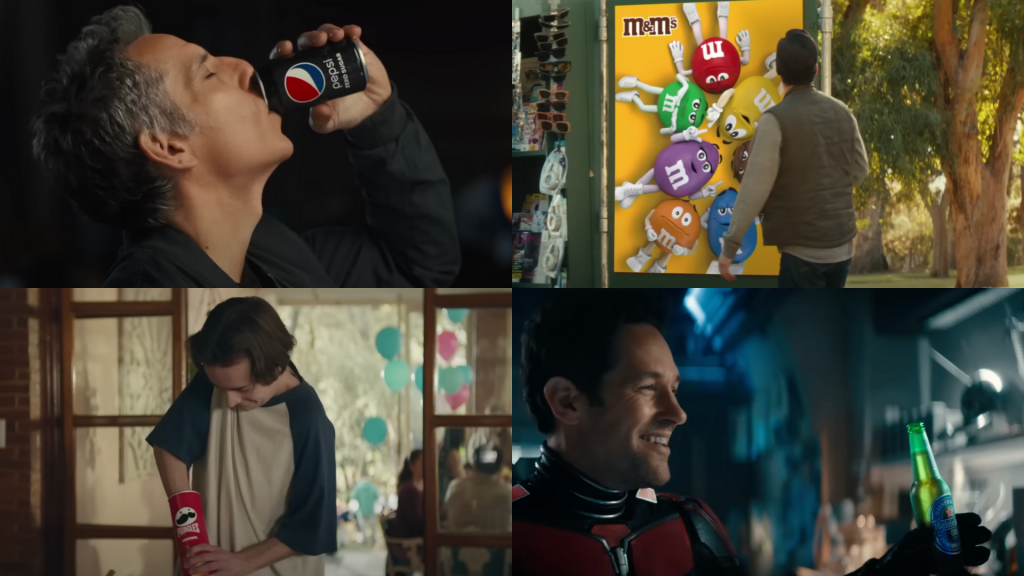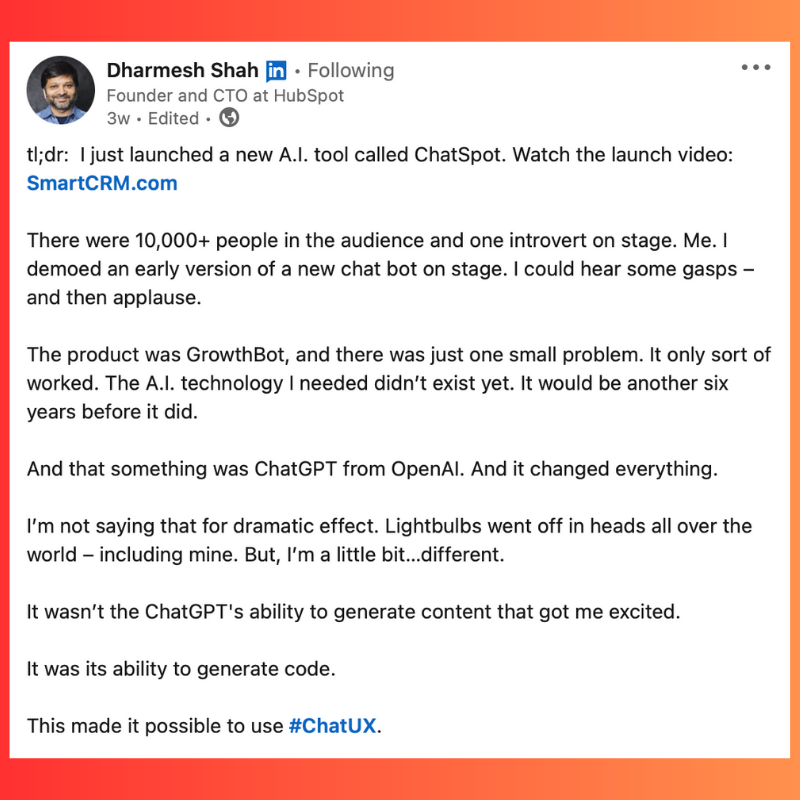The Top 7 Attention Marketing Examples in B2C
We’ve all experienced it. You see an ad or read about an awesome product that immediately catches your eye and gets you to click through or look up the brand. It could be the use of vivid images or bold messaging, or that Ryan Reynolds is somehow behind it.
That’s the magic of using attention marketing examples in business-to-consumer or B2C.
What is attention marketing?
Attention marketing was identified by entrepreneur Steve Jelly and further pushed by author Seth Godin as a way to (The Social Media Monthly): “…generate interest from consumers through non-invasive means and immediate gratification.” Attention marketing can take many forms, including:
- Native advertising: creating paid ads that match the look and feel of the resource it’s featured
- Influencers: using people with a targeted group of followers for product reviews and so on
- User-generated content: leveraging buyers’ personal content (tutorials, reviews, blog posts, etc.)
- Emotions: focusing content on certain emotions like using an ad that shows a grandfather playing with his granddaughter
Attention marketing is earned
The goal with attention marketing is to engage your audience naturally, peak their interest by showing them content they would have looked for on their own. For the B2C industry, attention marketing strips away inauthenticity, which is essential to success.
Kajabi explains the importance of marketing in B2C: “Your customer has a personal stake in the outcome of your product. He or she wants to buy your Knowledge Commerce product to resolve a pain point, learn a new skill, or satisfy some other need or desire. That makes B2C marketing an intensely personal process.” In other words, making a marketing campaign successful in B2C relies on a personal connection. Some B2C brands have done a great job in connecting with their audience and earning their attention.
Top attention marketing examples by industry
So who in the B2C industry has the best attention marketing campaigns? Let’s take a look at seven industries that use attention marketing today.
Fashion and Beauty
The fashion and beauty industry will use attention marketing to promote new product launches and build brand awareness. Many brands work with influencers and or build strong personalities and branding on social media with unique content that captures attention.
Fashion and Beauty Marketing Example
Take for example Glossier. The beauty company used the power of user-generated content (UGC) and community to continue drawing attention to their products. The company leaned into the content being created by their buyers and established exclusive Slack communities to gather all of their beauty advocates. As SendPulse points out, “The founder of the company Emily Weiss credits 90% of her company’s revenue growth to word of mouth advertising from brand advocates, most of whom are in the 18-35 age range.”
Food and Beverage
The food and beverage industry uses attention marketing to create excitement around new product releases and seasonal promotions. They often use creative advertising and social media marketing to showcase their products and engage with customers. No other event shows this better than the Super Bowl, otherwise known as ‘The Night of Advertising’ to the marketing world.
Food and Beverage Marketing Example
The battle of the ads included brands across different industries, with the food and beverage really standing out with their attention marketing examples. Emotiva analyzed four of the top ads of the night:
- Pepsi – “Great Acting or Great Taste?”
- Heineken – “Ant Man & The Wasp”
- M&Ms – “Maya Rudolph”
- Pringles – “Best of Us :30”
Find out which of these ads attracted the most attention, held that attention the longest, and had the most engagement on social media as well as while the ad aired.
>>See Which Food and Beverage Super Bowl Ad Performed The Best
Entertainment
The entertainment industry uses attention when promoting new movies, TV shows, music releases, and tours. They use a variety of marketing channels, including social media, influencer marketing, and event marketing. While star power certainly helps with driving attention (remember the Taylor Swift Ticketmaster fiasco), many entertainment companies use creative methods to draw attention.
Entertainment Marketing Example
Paramount TV sought to bring attention to two of their TV programs, Spongebob Square Pants and Paw Patrol, so it teamed up with Amazon to deliver a subtle attention marketing campaign. Millions of Amazon subscribers receive deliveries on a monthly basis. Paramount teamed with Amazon to create custom ad boxes promoting their TV programs with a QR code to a landing page.
Technology
The technology industry often uses attention marketing to promote new products and software. They frequently use creative advertising and social media marketing to showcase their products and build buzz.
Technology Marketing Example
No one built a better buzz than Hubspot CTO, Dharmesh Shah, when he announced the tech company’s new AI tool, ChatSpot. Dharmesh premiered a YouTube video sharing the exciting news, accompanied by a custom website where users could start using the Alpha version. Dharmesh also shared a LinkedIn post explaining his personal reasoning behind the new tool and asked for feedback. It’s a perfect example of leveraging the community to build up awareness in a subtle way.
Fitness and wellness
The fitness and wellness industry uses attention marketing to promote new products and services, such as fitness classes, health supplements, and wellness retreats. They often use influencer marketing and event marketing to reach potential customers.
Fitness and wellness marketing example
We already know fitness giants like Nike own the attention marketing game so we’ll feature another marketing example. Canadian fitness company, GoodLife Fitness, features real people (not fitness models) in their campaigns to help break down barriers to entry in getting members to the gym. The company leverages their community of “fitfluencers” who are everyday people just trying to be healthy.
Media
The media industry faces constant battles for attention and thus continuously tests for new ways to reach audiences. Media companies will use everything from influencers, eye-catching headlines, or interesting imagery to garner attention.
Media marketing example
Media company, Freeda Media, is on a mission to spread positive stories for women through multiple channels and media types. But Freeda took their attention-marketing efforts to the next level for one particular set of ads. Freeda really wanted to know whether the content they produced would be relevant to the audience.
As such, Freeda sought to conduct pre-testing analysis that would predict whether a video would be engaging, and generate clicks that would lead to interactions with the audience. At the end of the analysis, Freeda was able to identify the best performing video that would gain the most attention.
>> Freeda Case Study: Check Out How Attention Conversion Can Be Measured
Want to learn how to draw more attention?
Creating compelling marketing experiences that capture the attention of potential B2C customers is not impossible. Tools such as Emotion AI can help you understand how your content captures and keeps the attention of your audience and more importantly, what they feel in that moment. That’s how you will know whether you have true engagement.
SEE HOW IT WORKS
